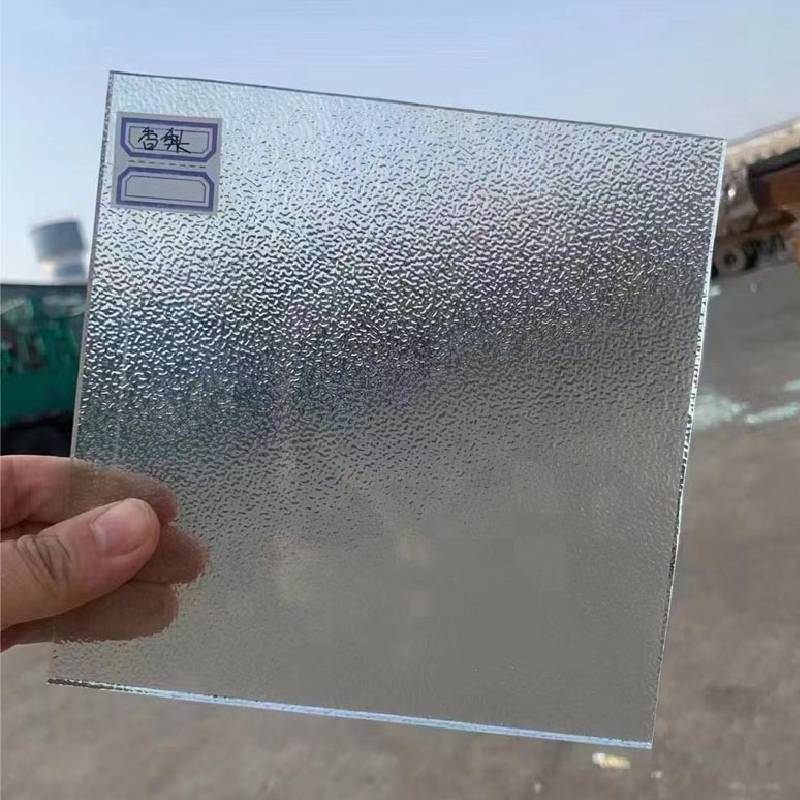Tempered glass, also known as toughened glass, is a type of safety glass that has been heat-treated to increase its strength and thermal resistance. The process of manufacturing tempered glass involves several critical steps, ensuring that the final product is durable and can withstand significant stresses and thermal changes.
The first step in the tempered glass process begins with selecting high-quality float glass as the base material. Float glass is a smooth, flat material that is made by floating molten glass on a bed of molten tin. This provides a uniform thickness and clarity, making it an ideal candidate for further processing.
Once the float glass has been selected, it is cut to the desired dimensions using precision cutting tools. The edges are then polished to eliminate sharp corners, making it safer to handle and reduces the risk of chipping or breaking during further processing. After cutting and polishing, the glass is thoroughly cleaned to remove any impurities, dust, or grease that could affect the tempering process.
The next stage involves heating the glass to a temperature of approximately 620 to 650 degrees Celsius (about 1148 to 1202 degrees Fahrenheit). This heating is done in a specialized furnace that evenly distributes the heat across the glass surface. The goal of this step is to ensure that the glass reaches a uniform temperature throughout, setting the stage for the next phase of the tempering process.
tempered glass process
Once the glass has reached the requisite temperature, it is rapidly cooled using high-pressure air. This cooling phase, known as quenching, is critical as it creates a significant difference in temperature between the surface and the interior of the glass. The outer surface cools quickly, while the inner part retains heat for a longer period. This process induces compressive stresses on the surface and tensile stresses in the center, resulting in a glass that is much stronger than untreated glass.
The final step in the tempered glass process involves inspecting the finished product for any defects. Each sheet of tempered glass is rigorously tested to ensure it meets safety standards and specifications. Additionally, tempering significantly increases the glass's resistance to thermal shock, allowing it to endure sudden temperature fluctuations without breaking.
In conclusion, the tempered glass process is a sophisticated series of steps that transforms ordinary glass into a robust material suitable for various applications, including windows, shower doors, and glass doors. Its strength, safety, and aesthetic appeal make tempered glass an essential choice in modern architecture and design.
 Afrikaans
Afrikaans  Albanian
Albanian  Amharic
Amharic  Arabic
Arabic  Armenian
Armenian  Azerbaijani
Azerbaijani  Basque
Basque  Belarusian
Belarusian  Bengali
Bengali  Bosnian
Bosnian  Bulgarian
Bulgarian  Catalan
Catalan  Cebuano
Cebuano  Corsican
Corsican  Croatian
Croatian  Czech
Czech  Danish
Danish  Dutch
Dutch  English
English  Esperanto
Esperanto  Estonian
Estonian  Finnish
Finnish  French
French  Frisian
Frisian  Galician
Galician  Georgian
Georgian  German
German  Greek
Greek  Gujarati
Gujarati  Haitian Creole
Haitian Creole  hausa
hausa  hawaiian
hawaiian  Hebrew
Hebrew  Hindi
Hindi  Miao
Miao  Hungarian
Hungarian  Icelandic
Icelandic  igbo
igbo  Indonesian
Indonesian  irish
irish  Italian
Italian  Japanese
Japanese  Javanese
Javanese  Kannada
Kannada  kazakh
kazakh  Khmer
Khmer  Rwandese
Rwandese  Korean
Korean  Kurdish
Kurdish  Kyrgyz
Kyrgyz  Lao
Lao  Latin
Latin  Latvian
Latvian  Lithuanian
Lithuanian  Luxembourgish
Luxembourgish  Macedonian
Macedonian  Malgashi
Malgashi  Malay
Malay  Malayalam
Malayalam  Maltese
Maltese  Maori
Maori  Marathi
Marathi  Mongolian
Mongolian  Myanmar
Myanmar  Nepali
Nepali  Norwegian
Norwegian  Norwegian
Norwegian  Occitan
Occitan  Pashto
Pashto  Persian
Persian  Polish
Polish  Portuguese
Portuguese  Punjabi
Punjabi  Romanian
Romanian  Russian
Russian  Samoan
Samoan  Scottish Gaelic
Scottish Gaelic  Serbian
Serbian  Sesotho
Sesotho  Shona
Shona  Sindhi
Sindhi  Sinhala
Sinhala  Slovak
Slovak  Slovenian
Slovenian  Somali
Somali  Spanish
Spanish  Sundanese
Sundanese  Swahili
Swahili  Swedish
Swedish  Tagalog
Tagalog  Tajik
Tajik  Tamil
Tamil  Tatar
Tatar  Telugu
Telugu  Thai
Thai  Turkish
Turkish  Turkmen
Turkmen  Ukrainian
Ukrainian  Urdu
Urdu  Uighur
Uighur  Uzbek
Uzbek  Vietnamese
Vietnamese  Welsh
Welsh  Bantu
Bantu  Yiddish
Yiddish  Yoruba
Yoruba  Zulu
Zulu 

